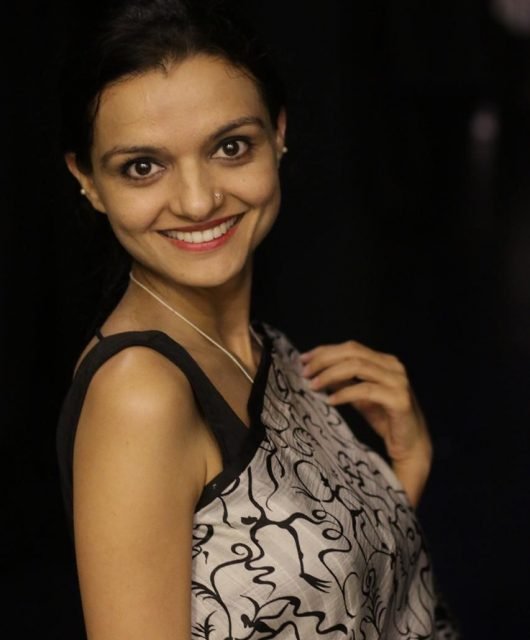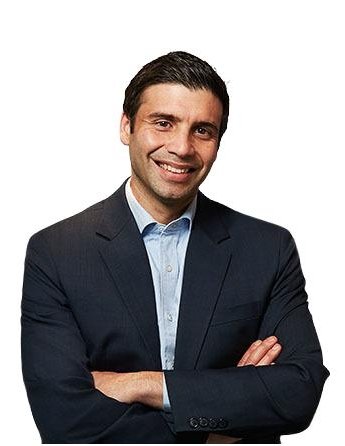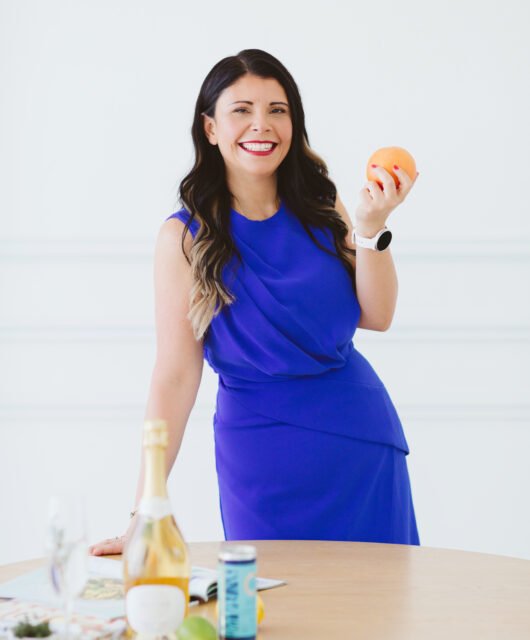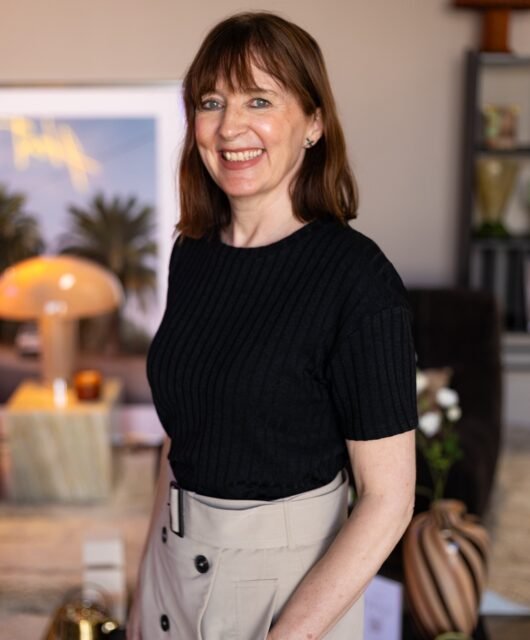Ethical Design – Why A Values-Driven Approach To Design Is The Need Of The Hour, By Humza Ijaz and Sheetal Shankar from Accenture Song
I recalled vividly on my 36th birthday that my wife surprised me with a new iPhone. Of course this gift put a smile on my face. I unwrapped my birthday present excitedly, holding the perfectly designed iPhone box with the front cover pulled out. By default, I took everything out of the box. But hey, where is the charger? And the headphones?
A quick Google search led me to the discovery that Apple phones (from iPhone 12 onwards) will no longer come with a charger or headphones. Excluding these accessories reduces the box size, allowing Apple to fit 70% more devices on a shipping pallet. As a result, more users can get their phones. Plus, the smaller packages help Apple reduce its yearly carbon emissions by 2 million metric tons. A good move to cut e-waste and for the environment.
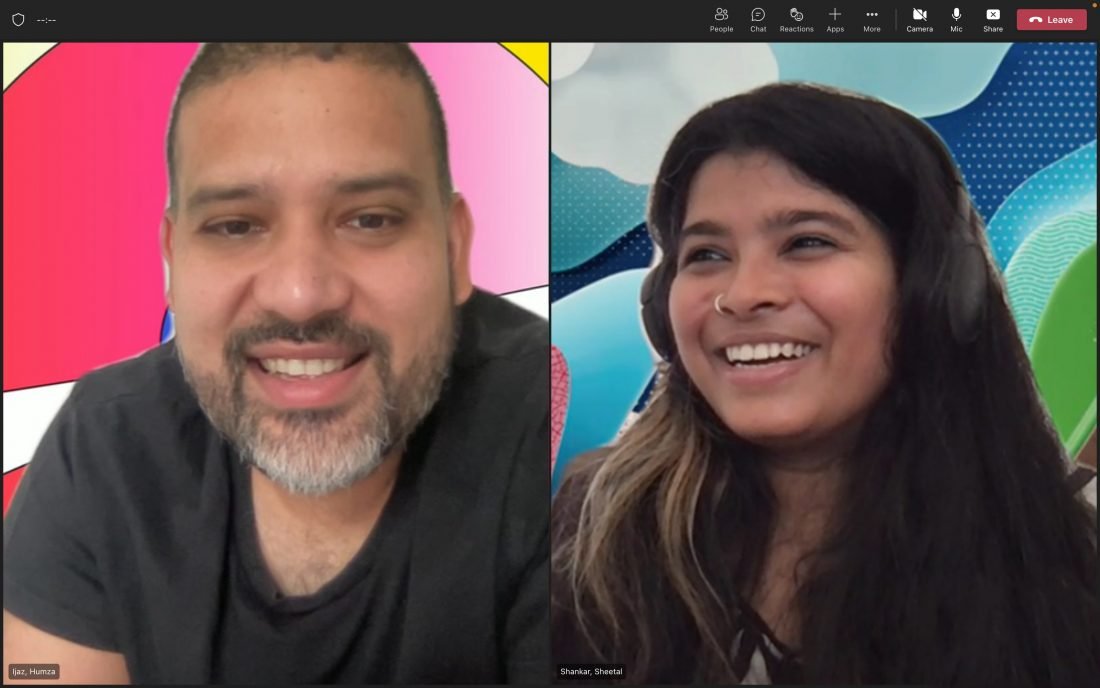
While my new iPhone was fully working, the designer in me couldn’t help but lament the slightly chaotic experience. I thought Apple made a brave business decision. I couldn’t wait to discuss my thoughts with my fellow designers. Sheetal, one of Accenture Song’s most responsible designers and also our ethical design ambassador, helped me put my thoughts around ethical design into perspective.
Ethical design is defined as:
“Businesses, products and services that grow from a principle of fairness and fundamental respect towards everyone involved.”
– The Ethical design handbook, Smashing Media AG, 2020
Everyone involved is a wide lens. Who is everyone? Why should we target them? How would we even begin to think about solving for everyone? Sheetal started by sharing her experience of moving to the region.
“When I first came to Dubai, what struck me strongly was its diverse people and rich culture. I spent my first months discreetly overhearing conversations on the metro on my way to work, trying to identify the foreign yet beautiful languages around me.”
The more people I met, the more views and opinions – sometimes conflicting, sometimes aligned – I was exposed to. I found this in every aspect of my life here, from the side of the street to walk on, to the right “dinner etiquette” – I was always told to eat the food when it’s hot if I didn’t want to disrespect the host – nobody ever told me to wait for other guests. Yet, with all our differences and perspectives, I made friends… what bound us together? Not doing things the same way, but our values.
The most significant impact this diversity made on me was me questioning my values – my own sense of right and wrong.
This got me thinking about our current approach to design. Often, products and services are designed based on user behavior, but we often overlook the values that drive the conduct of our users. To me, Ethical design is an approach that uses design thinking to transform the users’ collective values into suitable and practical solutions, NOT the other way around.
To be truly human-centric, we must design solutions that encapsulate people’s values versus enforcing values to the users.
Why is this so important now?
50% of global consumers are coming out of the pandemic having reimagined their behaviors and values. They have reevaluated what is important to them in life and are increasingly focused on their personal purpose.
Increasingly people are questioning who they are and what matters to them and finding new confidence to show up as themselves and live their true lives.
For one, people spend more than 40% of their waking lives using the Internet. Sheetal, for example, spends 4 hours on average on her phone in addition to an 8-hour workday where screentime is a constant. Not to mention Netflix, YouTube and Google for leisure.
This time online is redefining rules and overthrowing the structure governing its usage. Privacy, an important cultural value in the Arab community, is transforming as interactions become increasingly digital. In a recent research project, Arab participants were concerned about the usage and sharing of their private data. Despite being one of the most active social media users, they are conscious about maintaining their privacy online.
Furthermore, digitalization makes way for rising individualism marked by increased social awareness and digital activism. The rise of “woke” and “cancel” cultures affects celebrities, corporations, organizations and governments worldwide. Brands are forced to take a public stance on political and social issues.
Organizations must respond to the shift in people’s aspirations and ways of living too. Employees expect their values to be reflected in the workplace. They need to balance the flexibility they offer to individuals with the needs of the collective so that creativity, diversity and trust-building can thrive through the pandemic and up to today. At the peak of Covid-19, when we did our Accenture Employee Experience project, we took a bottom-up and top-down approach to ensure that the values of the employees and organization were met halfway.
Thus, globally, we’re seeing people having to navigate their desire to meet their individual needs versus their share of the responsibility for the well-being of the collective they belong to and ultimately rely on. This tension is also reflected in Accenture Song’s Fjord trends 2022 “Come as you are”.
With social media’s dominance and ease of travel, people now look beyond the passports for their personal utopias. They compare lifestyles globally and decide on which country to immigrate to based on the quality of life, values, culture and well-being offered by the country. As a result, countries like Denmark, Canada, Bhutan, and New Zealand are starting to prioritize citizens’ well-being. The UAE’s ministry of happiness is proof of the growing importance of citizen well-being as a key value for the country.
What does this mean for design?
Our design process needs to evolve to incorporate the ethical lens on every level – individually and collectively. Ethical design adds a layer of value focus to the traditional double-diamond. For example, using tools like “Bad actors” (personas that might exploit the system) helps us identify potential unintended consequences of our solution and allows us to create a more realistic image of our personas and mindsets by highlighting not just the needs and pain points but also the harmful behaviors they inevitably come with. Identifying unintended consequences of our work will help us create not only more robust and sustainable solutions but also solutions that are more human and ethical.
In a TEDx talk in Copenhagen, Emilia van Hauen talks about Danish history and how Danes chose values to be the happiest people. Not perfect – but happy. She speaks of the three critical Danish values – Equality, Community and Liberal-mindedness. With this, she highlights the negative consequences of the chosen values, equality leading to mediocrity, community causing homogeny and liberal-mindedness leading to indifference. She then explains how these consequences are being iteratively solved to maintain the key objective of being the happiest people. This is an excellent example of a truly value-driven system.
As individuals and designers, we all make ethical decisions daily based on our values and thus contribute to the larger ecosystem consciously or unconsciously.
We choose between our personal and collective values in real-time. Do I want to go back to work in an office? Is it all right for my company to force a mandate?
We choose to wait for the green pedestrian light at a zebra crossing even when we see that there are no cars. We prefer discipline over personal freedom (or vice versa). As designers, we speak up to our stakeholders when we believe the wrong interaction pattern is being used, even if it takes longer to explain why we believe this is the right decision. We choose our integrity over our time.
Now is the time to start bringing this thought and approach to define our collective values as a community, organization, corporation, or government. As a society, we are more heavily dependent on technology than ever. AI and ML systems are evolving and learning faster than we were ever prepared for and highlighting ethical challenges in society in the process.
Sheetal, in our last call, summarizes her view;
“If we have any hope of solving complex technological problems, we need to start with ourselves. There is no right or wrong. It’s about identifying our values and consequences and ensuring we demonstrate those principles in everything we do.”


